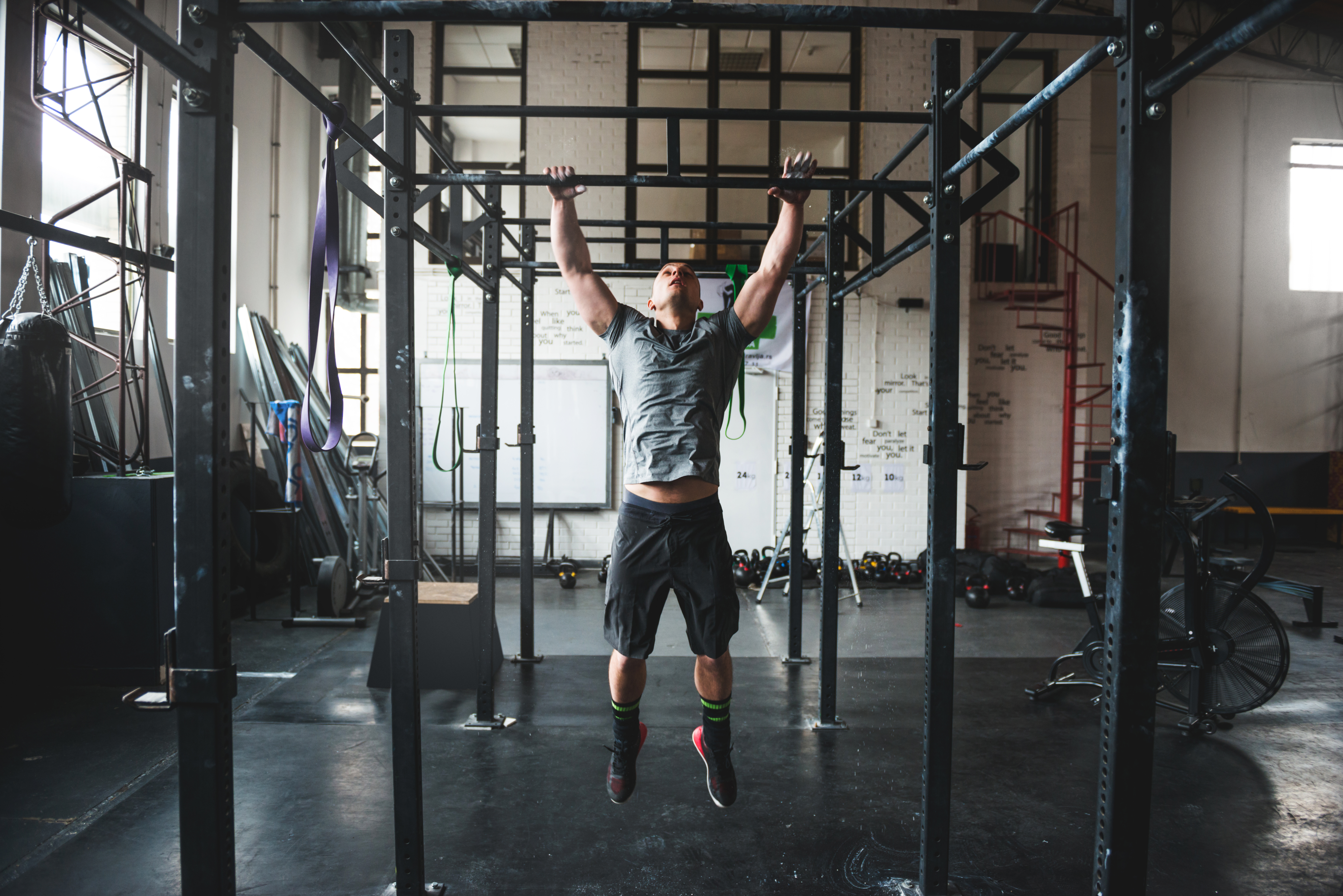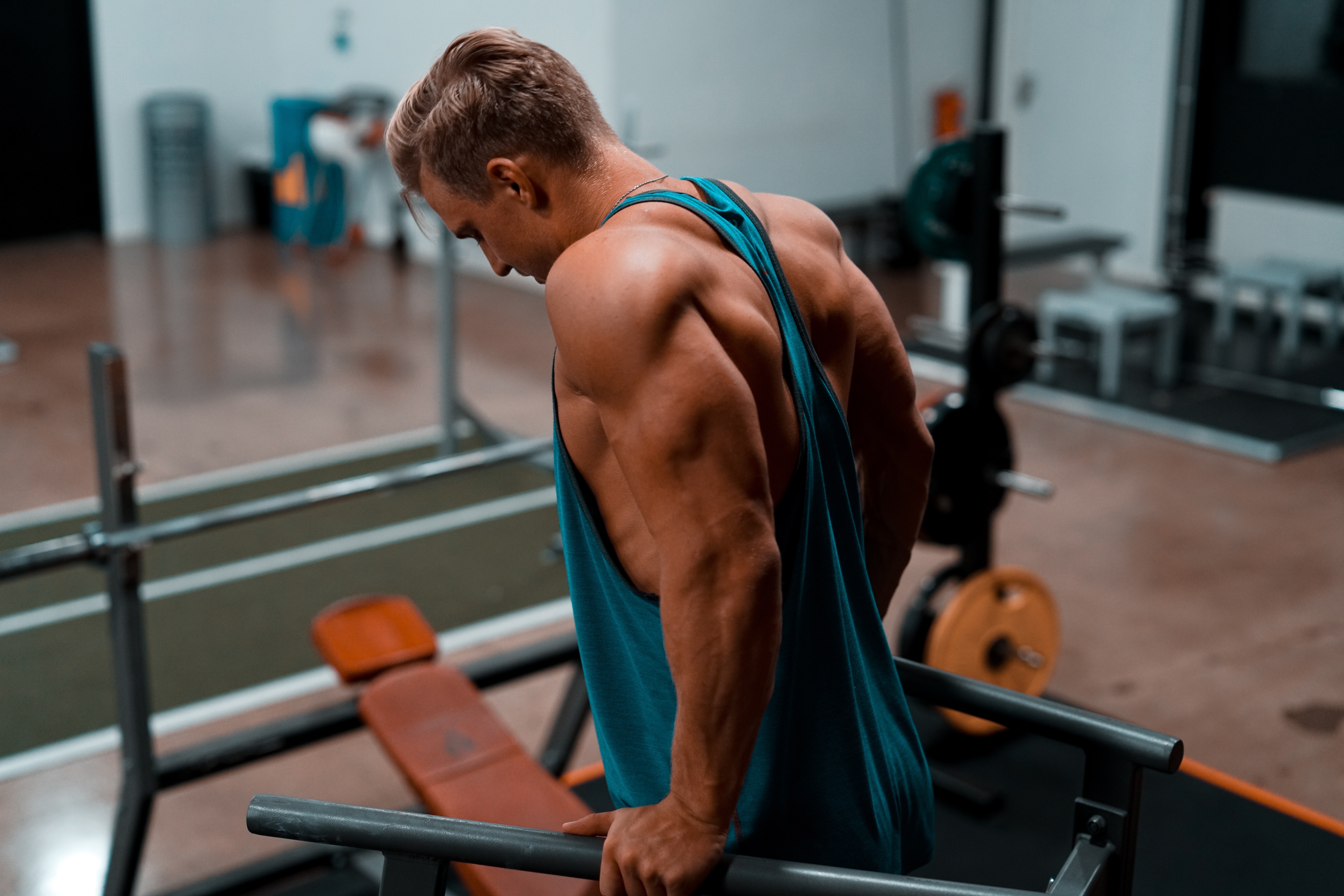Getting ready to hit the gym? Warming up your muscles and joints is only part of the preparation
Priming your body with a variety of drills is best for fending off injury and achieving peak performance. These five steps can help you warm up the right way.
1. The Warm Up
With the first ‘warm up’ stage, the onus should be on improving blood flow and raising your core temperature. If you’re going to be lifting, this is particularly important.
Stiffness increases the risk of injury.
- Begin with some steady state cardio for 3-5 minutes with a moderate intensity.
- The rowing machine or an incline treadmill walk are good places to start.
2. Range of Motion
Now that you’ve raised your body’s core temperature, it’s time to prepare your joints. Depending on what muscle groups you are training, the joints involved in moving those muscles must be warmed-up in the right way.
For example, if you’re hitting legs, try the pigeon stretch. This particular drill is popular with yoga practitioners. Aim to get your chest as close as possible to your foot on the leg in front.
Hold for 30 seconds, then repeat on the opposing leg.
This video offers a good demonstration:
Credit: O.B. Training & Sports Performance
3. Activation
Certain lifestyle habits can hinder your performance, so it’s often worth including pre-activation for affected muscle groups. If you sit at a desk all day, your back may become tight and shoulders may be prone to internal (inward-facing) rotation.
Excessive sitting can also cause your glutes to switch off, putting extra strain on your hips. A couple of drills to include that warm-up these muscles the right way:
- Hang from a pull-up bar and practice retracting your shoulder blades. Aim for 5-10 reps.
- Resistance band pull-aparts, focus on contracting your rear delts (shoulders). Aim for 20-25 reps, 1-2 sets.
These drills aren’t counted as part of your main lifts, but they do help to recruit muscle fibres in areas that need prior activation.
4. Perfect the Patterns
As well as working on your range of motion, certain lifts require extra preparation. Warm up by nailing the correct movement patterns.
For example, if barbell squats are a firm feature of your training plan then holding a low bodyweight squat for blocks of 30 seconds can help prime your body for that lift.
Deadlift success also depends on your ability to hip hinge – a movement perfected by performing standard kettlebell swings.
5. Skill Work
Once your muscles, joints, tendons and ligaments are all warmed-up, you can spend around five minutes working on a skill.
This should be specific to the kind of workout you have on the agenda. For instance, a workout that involves chest, tricep and shoulder exercises will call on your ‘pressing’ strength.
You could begin this session by performing bodyweight dips. Dips are a great way to test your pressing potential.
Aim for three sets of 20 reps. Increase difficulty by holding the isometric contraction (top portion of the exercise as shown above) for a longer period of time.
Read more:
- Training with Ryan Terry, the UK’s top fitness model
- Build bigger forearms with these three exercises











































